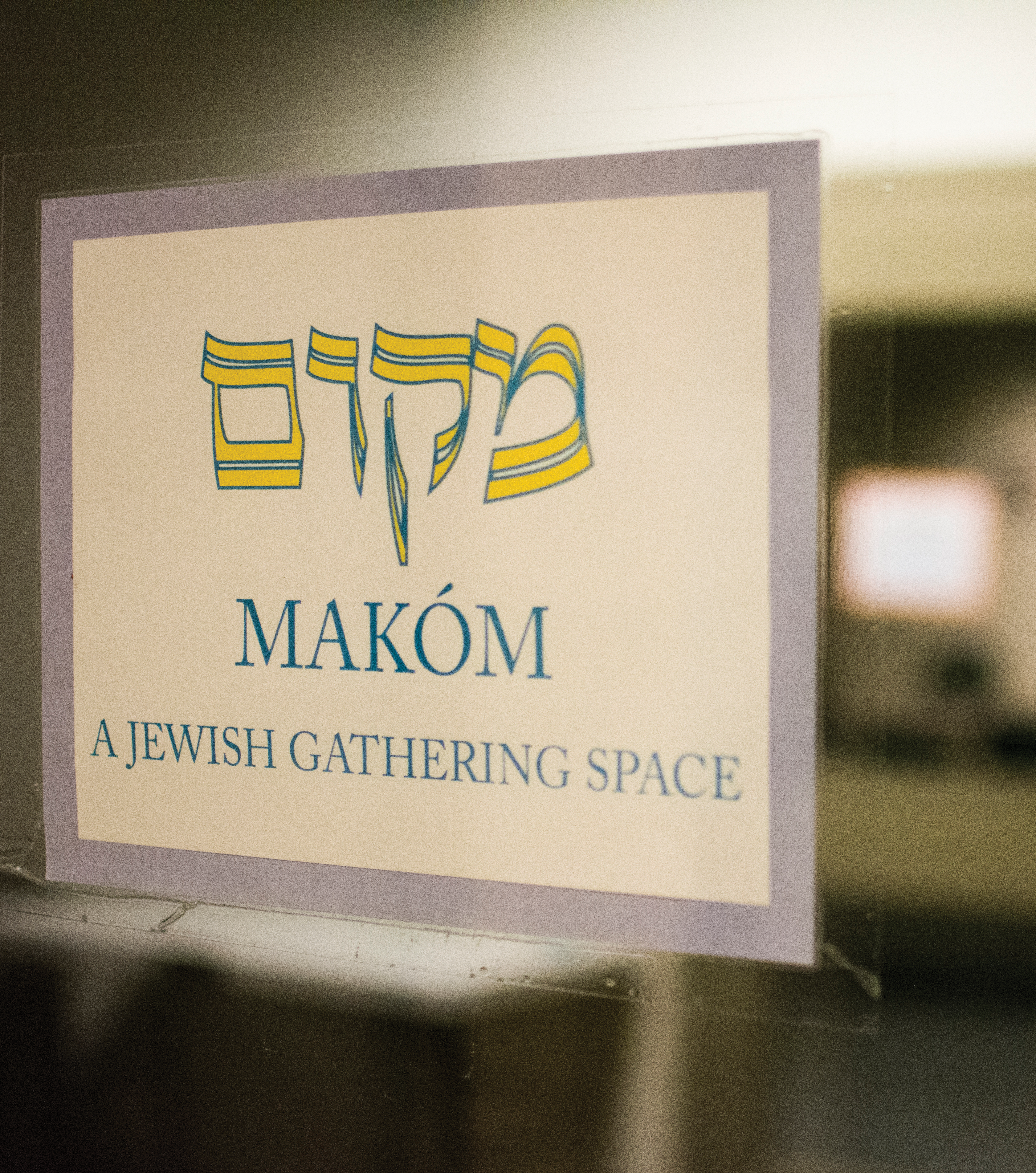
At this year’s Rosh Hashanah services, members of the Jewish community shaped discussions and sermons around reflections on the legacy of slavery at Georgetown.
As members of Georgetown’s Jewish community gathered for Rosh Hashanah services Oct. 3 and Oct. 4, Andrew Meshnick (COL ’17) delivered a sermon on a seemingly unrelated topic: the community’s connection to the sale of 272 slaves in 1838, the profits of which provided financial support for Georgetown.
Director for Jewish Life Rabbi Rachel Gartner led the themed services by giving two Rosh Hashanah services, which featured sermons delivered by students on the legacy of slavery at Georgetown.
Drawing a connection between the biblical story of Isaac, who was almost sacrificed by his father in an expression of faith, and one of the slaves sold by the university also named Isaac, Meshnick argued the Jewish community has a special responsibility to atone for the past.
“If you would teach your children that the sacrifice of biblical Isaac was wrong, would you do the same for a flesh and blood man named Isaac who was one of the slaves sold in 1838?” Meshnick said. “Unlike biblical Isaac, 1838 Isaac was not spared; we know Georgetown’s leaders sold Isaac’s children and grandchildren to Louisiana’s highly lethal sugar plantations.”
Meshnick’s sermon was part of a larger theme for Rosh Hashanah and Yom Kippur services on campus this year, which centered on the responsibility of the larger community in atoning for Georgetown’s slaveholding past.
In September, the university announced that it would undertake multiple efforts to make amends for the sale of the slaves, including providing legacy status to descendants in the admission process, renaming Freedom and Remembrance Hall to Isaac Hall and Anne Marie Beechcraft Hall and developing memorials to the 272 slaves on campus.
Gartner worked with the Working Group on Slavery, Memory and Reconciliation to organize ways to further involve the Jewish community with the university’s past with slavery beyond its themed Rosh Hashanah services.
Attendees went on a walking tour through the Georgetown area to explore slavery’s historic presence in D.C. after the customary Jewish atonement ritual, Tashlikh.
Director of the Center for Jewish Civilization professor Jacques Berlinerblau said Gartner’s efforts revived the Jewish tradition of social activism on campus.
“I applaud Rabbi Gartner for doing this. She is harking back to a tradition of Jewish left activism and of the rabbinical community,” Berlinerblau said. “She is trying to reinvigorate this relationship by drawing attention to the commonalities between blacks and Jews.”
This semester, Berlinerblau is teaching a course on the relationship between Jews and blacks drawing on the groups’ shared histories of oppression.
Berlinerblau said the two groups have had at times contrasting experiences of oppression in the West.
“Maybe what makes this course interesting is that it’s true and it’s false. No two groups have suffered more at the hands of Western civilization, that’s the true part,” Berlinerblau said. “The false part is that their experiences here in the United States are very different.”
Co-President of Georgetown’s Jewish Student Association Jenna Galper (COL ’17) said solidarity between the black and Jewish communities is important for the future.
“The history of Jews in America has been very intertwined with the history of African-Americans and the civil rights movement and so I think analyzing that history and recommitting ourselves to being strong allies for our African American brothers and sisters is definitely a very important next step for the Jewish community,” Galper said.
In his sermon, Meshnick urged the congregation to atone for the sins previously made by the Georgetown community.
“I hope you will join me in the all-important work of atoning for the sins done to Isaac, the 271 other individuals who were sold and the millions throughout our country who were held in slavery’s chains,” Meshnick said.
Galper said Meshnick’s sermon changed the way she understood and processed Georgetown’s history with slavery.
“It was a powerful way to connect myself to the legacy of slavery at Georgetown,” Galper said. “It was a really powerful analogy because not only am I atoning for my own sins in this high holy season but for the sins of my broader Georgetown community which includes the fact that we sold slaves to be where we are today.”
Berlinerblau stressed the importance of devoting academic resources to black Jewish groups when confronting Georgetown’s legacy with slavery.
“I think this shows the importance of having academic representation on campus and how academic representation fosters a greater understanding of issues of interesting groups like blacks and Jews,” Berlinerblau said.
The Board of directors voted unanimously in June 2016 to make African American studies the newest department in the Georgetown College. African American studies was previously an interdisciplinary program founded in 2003.
Georgetown expanded the Program for Jewish Civilization — which sought to promote an increased understanding of Jewish civilization at the university — into the CJC in February.
According to Galper, the Jewish community listened to the recommendations of the working group on Georgetown’s legacy with slavery when it said it wanted to see other Georgetown communities taking it upon themselves to encourage discussion about the university’s past.
“The history of slavery and of oppression and of our people is something that is very close to our hearts and is something that is always at the forefront of our mind when we are celebrating holidays and when we’re praying,” Galper said.




















